When the original Thief: The Dark Project crept into gaming back in 1998, it wrote the blueprint for what stealth gaming could be. Now, after more than a decade since the series' last entry, we are getting something that feels both familiar and revolutionary: Thief VR: Legacy of Shadow. Not just another revival, it is the first time the legendary stealth series has ventured into virtual reality. What took so long? For a medium built on tension and immersion, the timing feels right.
The game launches December 4th across multiple VR platforms including PlayStation VR2, Meta Quest, and Steam VR, as confirmed by Upload VR. The accessible $29.99 price with a 10% pre-order discount, reports Twisted Voxel, signals a welcome mat, not a velvet rope. It is priced for curious newcomers and lapsed fans alike.
Why this VR adaptation matters for the stealth genre
The team behind it reads like a meeting point of franchise know-how and VR scar tissue. Maze Theory leads development while collaborating closely with Vertigo Games and the original Thief (2014) studio Eidos-Montréal, as detailed by Upload VR. Steven Gallagher, who worked on animation, cinematics, and narrative design for the 2014 reboot, according to PlayStation Blog, now serves as Creative Director.
There is a neat bit of history here. Eidos-Montréal experimented with a Thief VR demo during the original PlayStation VR development as part of Sony's Project Morpheus, reports PlayStation Blog. Their inexperience with VR at the time kept it from advancing, notes Upload VR.
That gap is not just about waiting for tech to catch up. VR stealth plays by different rules. Traditional stealth leans on artificial limitations and scripted detection, while VR demands natural movement, tactile interaction, and spatial awareness that maps to your instincts. Port the old systems and call it a day? Not in VR. The current approach reads like a rebuild around what makes virtual reality sing.
What makes the VR mechanics genuinely immersive
Legacy of Shadow tackles classic VR stealth headaches by embracing physicality over abstraction. You physically crouch, lean around corners, and use your hands to interact with the world in ways that feel intuitive, according to Twisted Voxel. Imagine easing a safe open, palming a purse off a guard, or prying up a floorboard, your shoulders tense because you can hear footsteps nearby.
The bow-and-arrow system doubles down on meaningful challenge. Tactile controls and haptic feedback make ranged shots feel earned, not a point-and-click formality, as reported by All Key Shop. Environmental tricks line up with that philosophy. You can extinguish candles with water arrows, hands, or even breath to thicken the shadows, notes Eurogamer.
Glyph Vision, a VR-specific feature, spotlights hidden elements like power cables, according to Road to VR. It is less a crutch and more a clean way to deliver information in three dimensions. Multiple approaches still define encounters, only now those paths spring from physical problem-solving instead of menu toggles.
How the story bridges classic and modern Thief
Smart narrative positioning helps. Set between the original trilogy and the 2014 reboot, as confirmed by Upload VR, the game welcomes veterans and first-timers without inviting one-to-one comparisons to beloved missions. You play as Magpie, a street-wise thief working the cracks of a corrupt society under Baron Ulysses Northcrest's rule.
Stephen Russell returns as the voice of Garrett, reports PlayStation Blog, which gives longtime fans that familiar rasp. Focusing the narrative through Magpie keeps newcomers grounded and gives VR room for personal agency.
The design leans toward the 1998 and 2000 entries' stealth and level structure, according to PlayStation Blog, not the more linear 2014 reboot. Expect open, non-linear spaces where Magpie hunts a legendary artifact and darkness is her best friend, notes Upload VR.
VR stories hit harder when discovery comes from place, not cutscene. That was Thief's DNA then, and it fits the headset now.
The broader implications for VR gaming's future
Legacy of Shadow lands at a pivotal moment for VR, and it avoids the usual franchise bolt-on. Rather than retrofitting old systems with waggle, it rebuilds around immersion while honoring what made Thief tick, as noted by Road to VR.
The cross-platform strategy that spans PlayStation VR2, Meta Quest variants, and PC VR, confirmed by Eidos Montreal, signals confidence that mature pipelines can ship across ecosystems without gutting the core experience. Early VR often lived or died on single-platform bets. Not here.
Hands-on impressions call out clean visuals, smart object interaction, and missions that feel lived-in, according to Road to VR. Pair that with the budget-friendly price and broad availability, and you get a model that does not need blockbuster sales to make sense.
If Legacy of Shadow lands the jump, it sets a template others can follow: respect the source, rebuild for VR, keep the price friendly, launch everywhere. That is how you escape the cycle of pricey, exclusive experiments that never find a big enough audience.
What this means for stealth gaming enthusiasts
Thief VR: Legacy of Shadow feels like more than a logo dust-off. It looks like a proof of concept for how classic genres can step into VR without losing their soul. The December 4th date puts it squarely in the holiday window, as confirmed by multiple sources, and the price lowers the fence for anyone curious about stealth in a headset.
The collaboration between experienced VR developers and franchise veterans suggests a project that gets both sides of the equation, the technical needs of convincing VR and the design ethos that made Thief matter. Longtime fans get Stephen Russell and a spotlight on classic stealth. Newcomers get a clean entry point with multiple viable play styles, whether you ghost through unseen or improvise when things go loud.
If it works, the ripple effect could be real. Legacy of Shadow could show other classic series that VR is not a risky detour but a next step, one where beloved mechanics translate to presence and touch, not just novelty. That is the library VR needs, and soon.




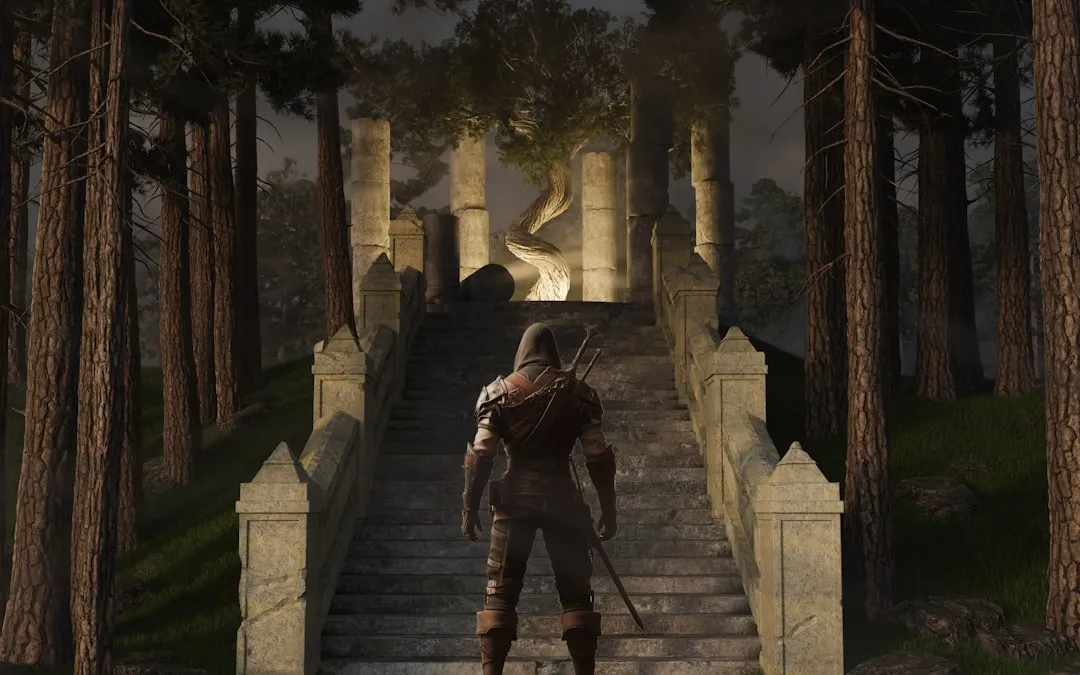

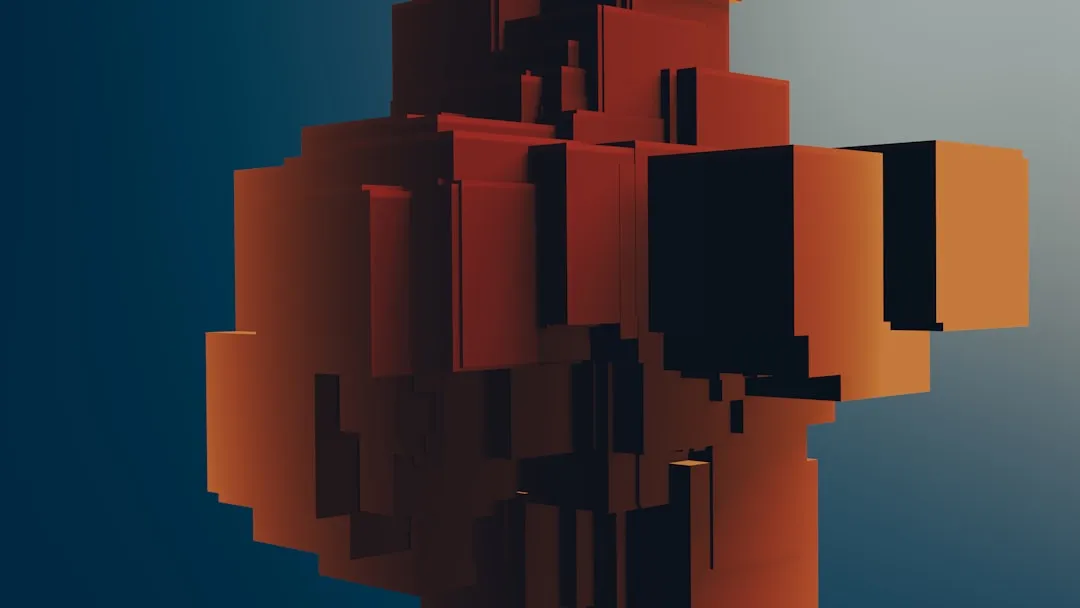

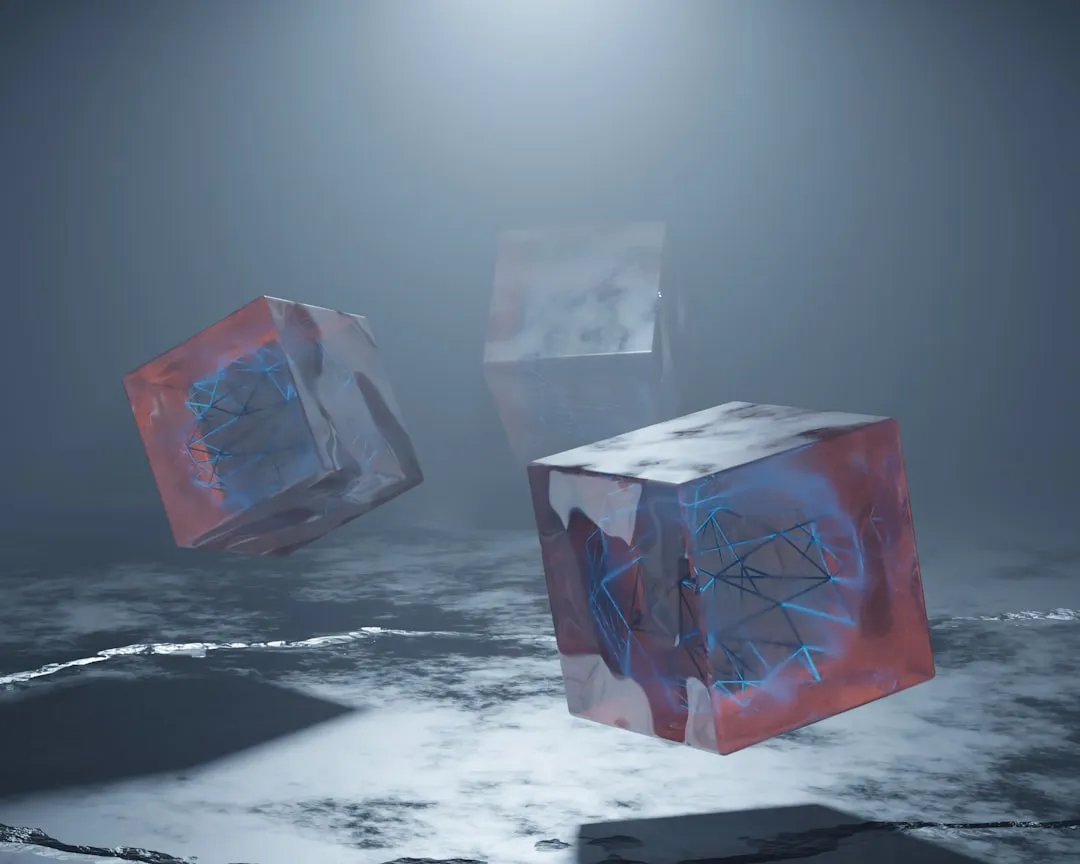

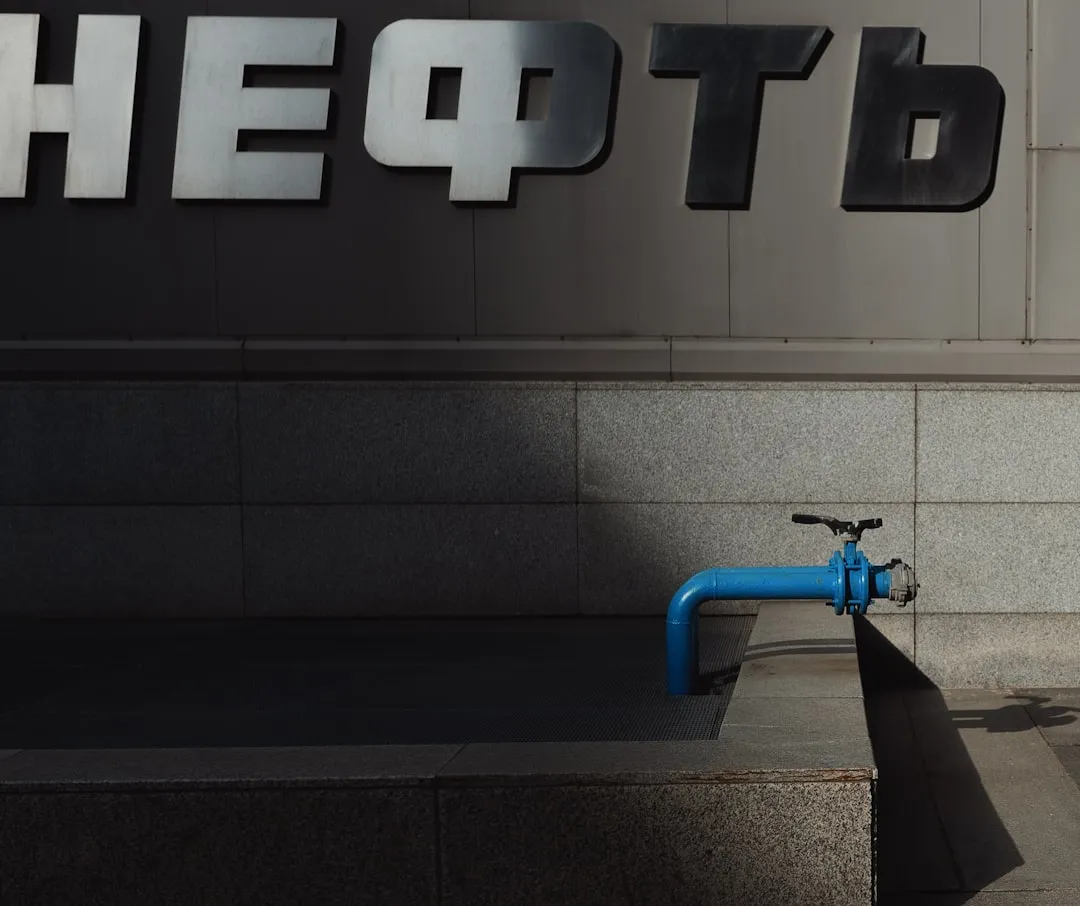


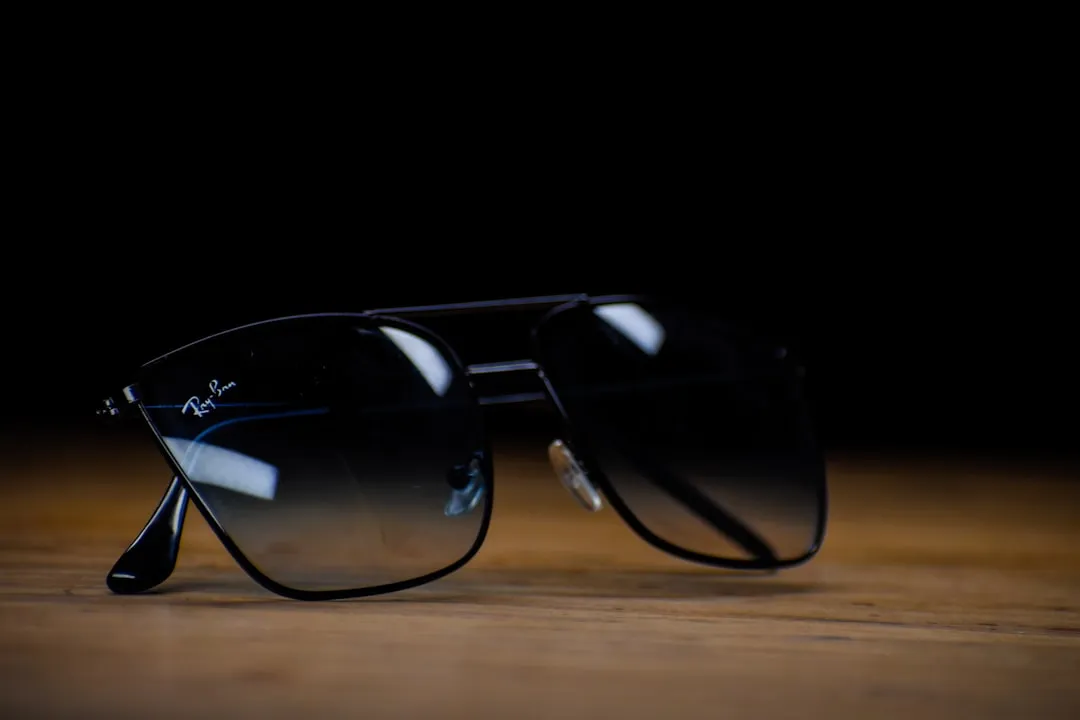
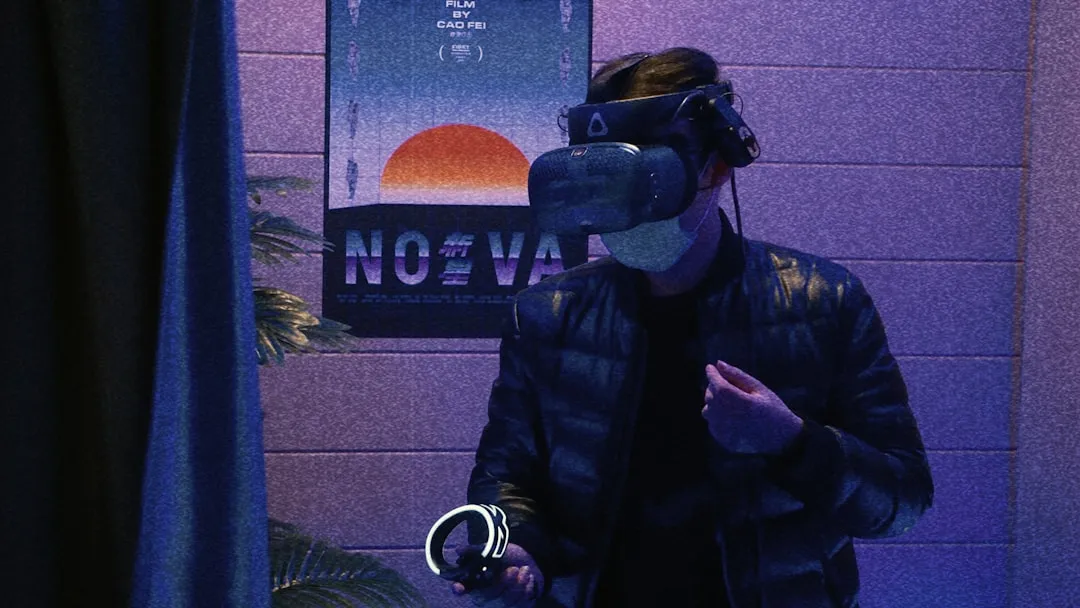
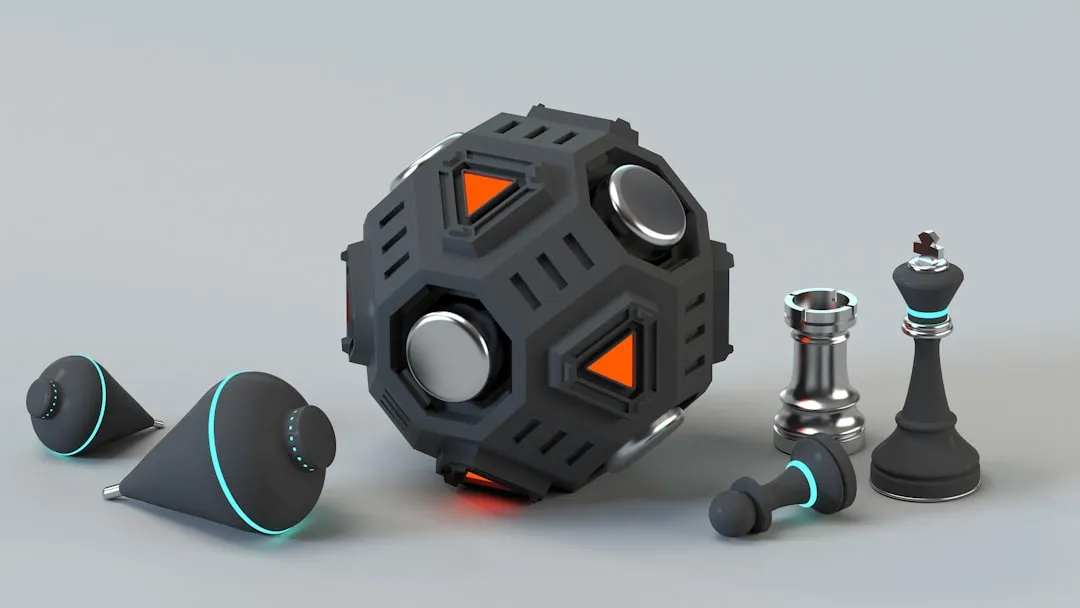
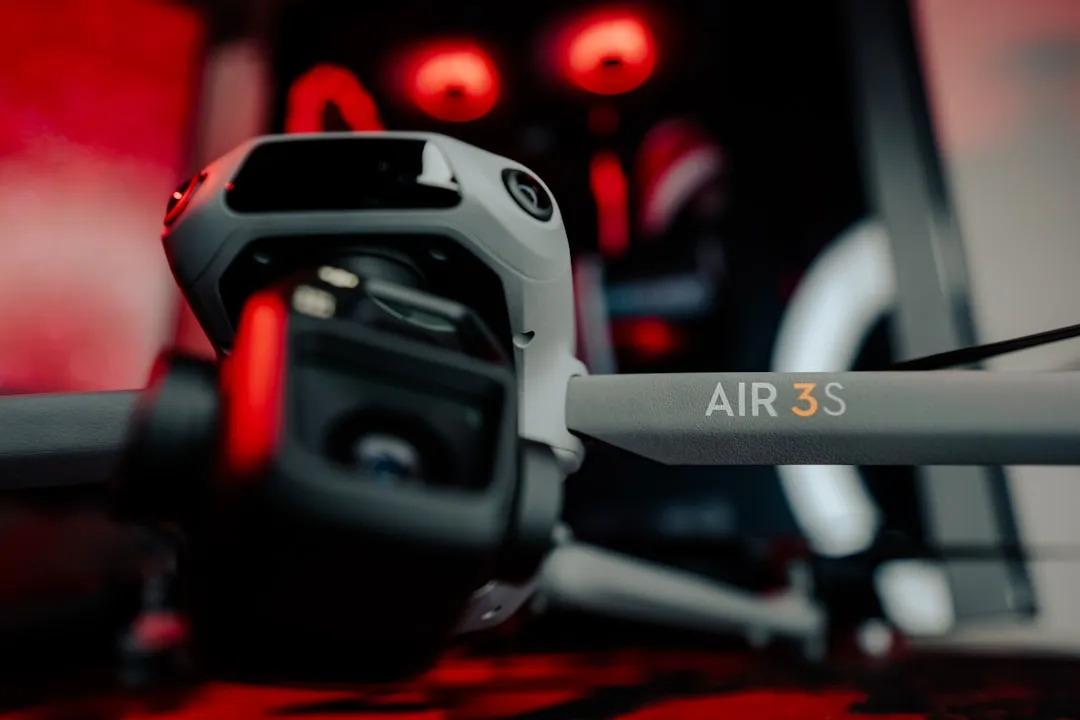

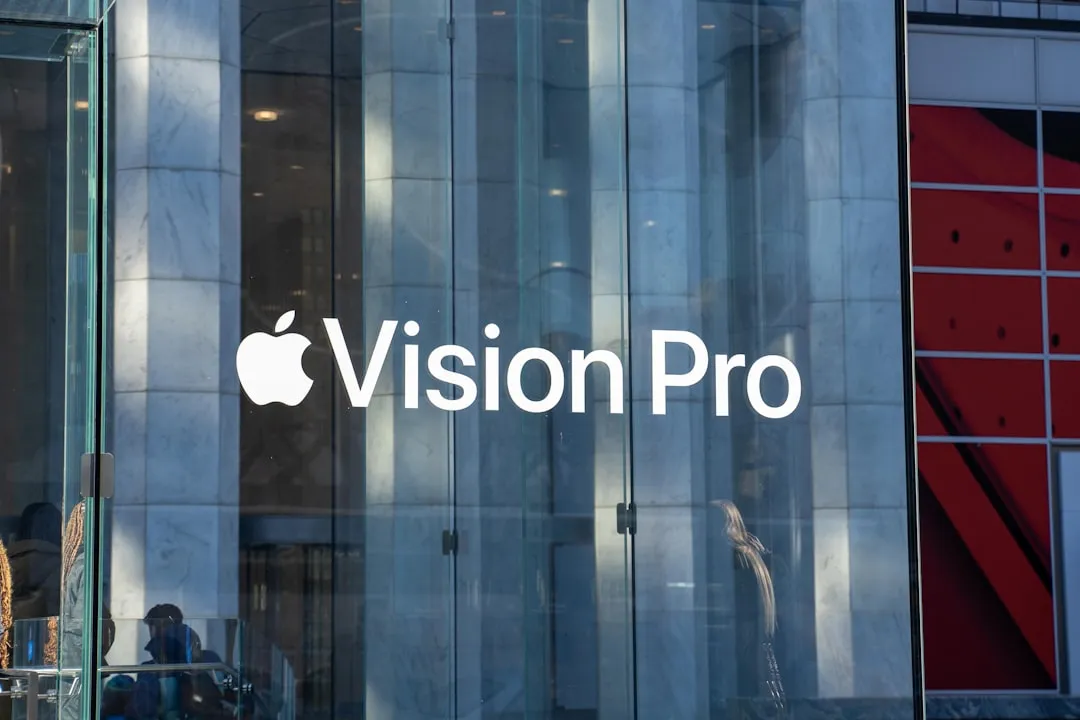



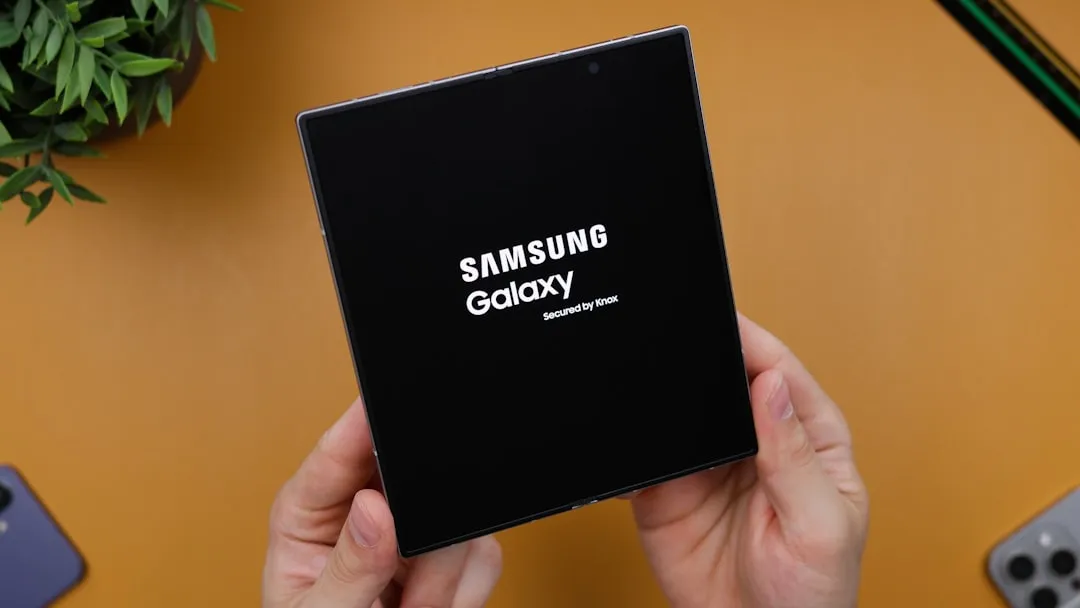

Comments
Be the first, drop a comment!